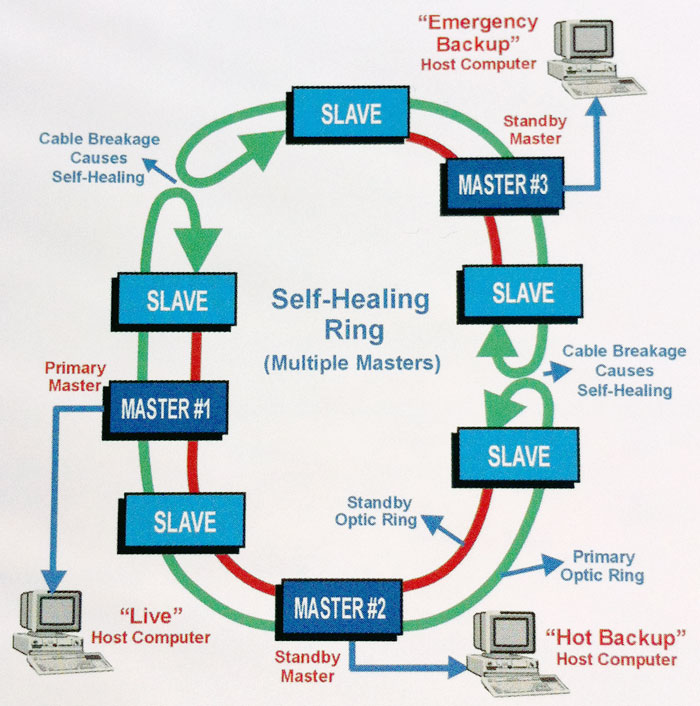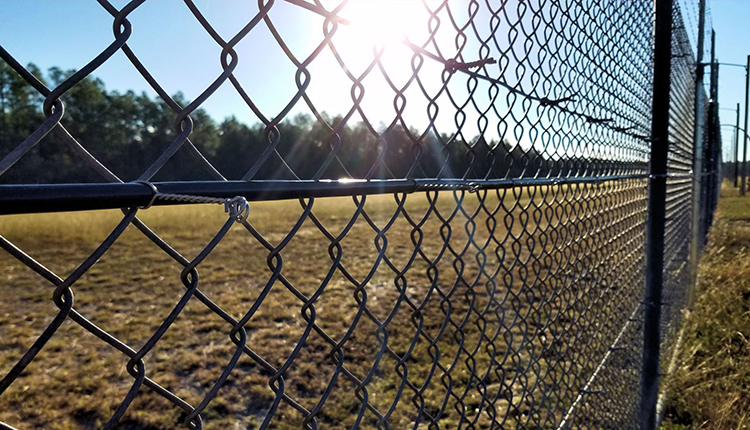Top Reasons to Choose a Fiber Optic Security System for Commercial Security Applications
Why Fiber Optic Safety And Security Equipments Are the Future of Defense
The change to fiber optic protection systems marks a substantial innovation in the realm of security, driven by their exceptional data transmission abilities and strength to external disturbances. As the landscape of safety develops alongside arising innovations such as AI and IoT, the potential for fiber optics to boost and redefine protection infrastructures comes to be increasingly evident.
Benefits of Fiber Optic Solutions
One of the main advantages of fiber optic systems is their premium bandwidth ability, which facilitates the transmission of huge quantities of data over fars away without substantial loss. This characteristic is particularly advantageous for protection applications that call for the constant monitoring and transfer of high-definition video feeds, sensing unit data, and various other critical details. Optical fiber can fit the expanding needs of modern protection systems, making sure that data continues to be intact and reputable.
Additionally, fiber optic wires are much less prone to electro-magnetic disturbance, which can be a significant issue in settings with numerous electronic devices. This resistance improves the stability of the data being transferred, therefore minimizing the risk of information violations or system failings. Fiber optic systems are inherently a lot more protected than standard copper cords, as tapping into a fiber optic line without discovery is exceptionally difficult.
The durability of fiber optic cords likewise contributes to their allure. They are immune to ecological aspects such as dampness and temperature changes, reducing maintenance expenses and raising system longevity. Generally, these benefits position fiber optic systems as a robust and effective selection for modern safety frameworks, ensuring trustworthy and safe and secure information transmission.
Boosted Data Transmission Speed

The ability to send vast amounts of data promptly facilitates the seamless assimilation of high-definition video feeds and progressed analytics. Protection systems can currently refine and analyze details in real-time, improving response times and situational awareness. In addition, fiber optic connections support longer transmission distances without destruction of signal quality, making them perfect for extensive security networks.
The increased speed of fiber optic systems not only boosts the performance of protection procedures but also minimizes latency. This is especially crucial in essential scenarios where timely decision-making can prevent security violations or reduce possible risks. As companies remain to focus on safety and efficiency, the demand for fast and dependable information transmission will most certainly strengthen fiber optic systems as a foundation of modern-day safety infrastructure.
Resistance to Interference
Fiber optic safety systems constantly show remarkable resistance to electromagnetic disturbance, a critical advantage in environments vulnerable to electronic sound. Unlike conventional have a peek at these guys copper cables, which can be adversely influenced by magnetic fields, radio frequency disturbance, and other kinds of electrical disturbance, fiber optic cables use light to transfer data. This inherent residential or commercial property makes sure that the signals continue to be clear and unaltered, no matter of surrounding digital activity.
Making use of glass or plastic fibers in fiber optic technology produces a barrier against interference, permitting reputable information transmission also in challenging circumstances such as industrial facilities, city areas with high digital website traffic, or locations near radio towers. This particular substantially minimizes the likelihood of signal deterioration or loss, making fiber optic systems especially appropriate for protection applications where integrity and accuracy of data are extremely important.
Furthermore, this resistance to disturbance boosts the overall performance and dependability of safety and security systems, making sure that surveillance and sharp systems work flawlessly. In a globe where security is significantly threatened by sophisticated innovations, the resilience of fiber optic systems sticks out as a crucial function, reinforcing their status as a necessary element of modern safety and security facilities.
Cost-Effectiveness With Time
Significant cost financial savings can be attained over time with the implementation of fiber optic safety and security systems. While the preliminary investment may seem greater compared to traditional copper-based systems, the long-term financial advantages emerge via lowered functional and upkeep expenses (fiber security). Fiber optic cords are inherently much more resilient and less vulnerable to environmental elements, which translates to lower replacement and repair expenditures over their life-span
Furthermore, fiber optic systems require much less power to operate, which better reduces energy expenses. Boosted data transmission capabilities enable less repeaters and amplifiers, minimizing devices investment and enhancing setup processes. The scalability of these systems likewise adds to cost-effectiveness, as companies can expand their safety framework without incurring considerable added expenses.
One more aspect to take into consideration is the enhanced performance in monitoring and feedback capabilities that fiber optics give. Improved real-time information transmission can lead to quicker event response times, potentially his explanation mitigating losses and responsibilities related to protection breaches. In sum, the long-term advantages of fiber optic safety systems not only validate the preliminary expense yet likewise position them as an economically prudent choice for companies looking for durable security solutions.

Future Technologies in Protection
Progressing technologies are readied to change security systems, incorporating synthetic intelligence (AI) and artificial intelligence to boost risk discovery and action capacities. These find out this here technologies will enable protection systems to assess large amounts of information in real-time, identifying patterns and anomalies that suggest prospective risks. This proactive strategy will enable much faster decision-making and a lot more efficient occurrence feedbacks.
Furthermore, the unification of the Net of Points (IoT) is paving the method for interconnected protection tools, supplying extensive monitoring and tracking. Smart sensing units can pass on details about ecological modifications, while automated informs can inform protection personnel right away of questionable tasks.
Moreover, the development of biometric modern technologies will additionally boost safety mechanisms. Facial recognition, finger print scanning, and retina recognition are becoming more innovative, providing layers of authentication that are difficult to bypass.
Verdict
In conclusion, fiber optic safety and security systems represent a substantial improvement in defense innovation, offering exceptional information transmission speed, resistance to electro-magnetic disturbance, and long-lasting cost-effectiveness. As the need for advanced security solutions continues to expand, the integration of optical fiber with arising innovations such as AI, IoT, and biometrics will certainly even more improve security facilities (fiber security). The mix of these technologies will ensure a more secure and receptive atmosphere, strengthening optical fiber as a cornerstone of future safety systems